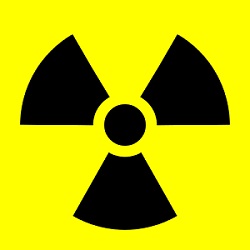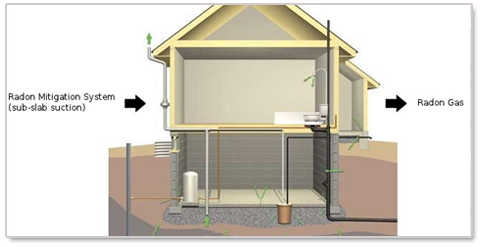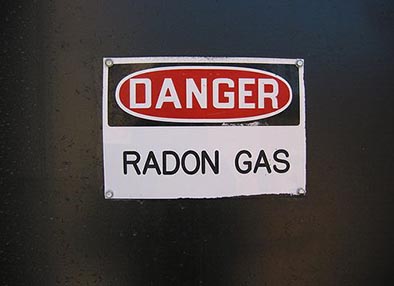The Importance of Radon Testing in Iowa
 It is always important to take all of the necessary steps to protect you and your family from the dangers of radon. If you live in Iowa, however, the chances that your home could have a radon problem are even higher than if you live in most other states. This is because the average level of radon in a home in the state of Iowa is well above the highest percentage that is considered safe. If you have not already done so, have your Iowa home tested for radon. If radon is discovered in your home, do not panic. Call the experts at Ameriserv radon mitigation of Iowa as soon as possible.
It is always important to take all of the necessary steps to protect you and your family from the dangers of radon. If you live in Iowa, however, the chances that your home could have a radon problem are even higher than if you live in most other states. This is because the average level of radon in a home in the state of Iowa is well above the highest percentage that is considered safe. If you have not already done so, have your Iowa home tested for radon. If radon is discovered in your home, do not panic. Call the experts at Ameriserv radon mitigation of Iowa as soon as possible.
As seen from this map of radon zones, the Northern and more central states tend to have higher concentrations of radon. The state of Iowa is located in one of the red zones, where radon concentration is highest.
Such high concentrations of radon in your home can cause serious health issues. The colorless, odorless gas known as radon is one of the foremost environmental carcinogens. Each year, around 400 Iowans die due to radon exposure, and it is the second leading cause of lung cancer.
How to Reduce Radon Levels in Your Iowa Home
Since all of the counties in Iowa have a predicted average indoor radon screening level higher than 4 pCi/L, it is vital that you have your Iowa home tested for radon right away. This level of radon exposure is considered dangerous, and should be taken care of immediately. Here at Ameriserv, we provide a couple of different options when it comes to radon testing. The types of radon testing we offer include:
- Short Term Radon Testing
- Long Term Radon Testing
- DIY Radon Test Kits
Short Term radon testing uses a few different methods (charcoal canisters, electret ion chambers, continuous monitors, and liquid scintillation detectors) over a period of three to ninety days to monitor the radon levels in your home. Long term testing requires more than ninety days, and can give you a more accurate idea of the year round average radon level inside your home. DIY radon testing kits are an inexpensive way to take the first step in figuring out whether or not your home has a radon problem.

If you do find high levels of radon in your home, invest in radon mitigation services from Ameriserv. We will install a ventilation system that utilizes a suction point in the slab of your foundation, PVC pipes, and fans to clear radon gas out of your home.
If you live in Iowa, consider contacting Ameriserv to have your home cleared of radon today. Call us now for more information!
 Our Response to COVID-19
Our Response to COVID-19 


